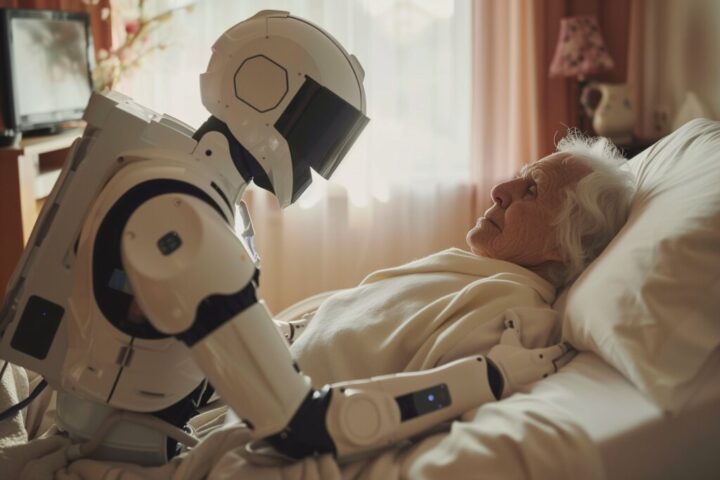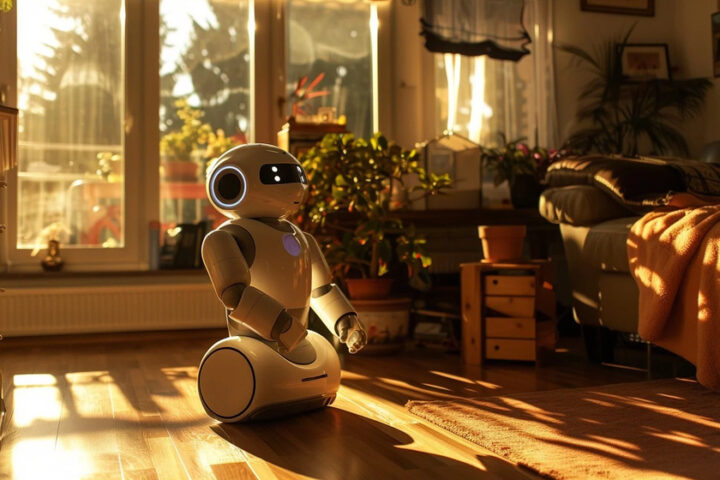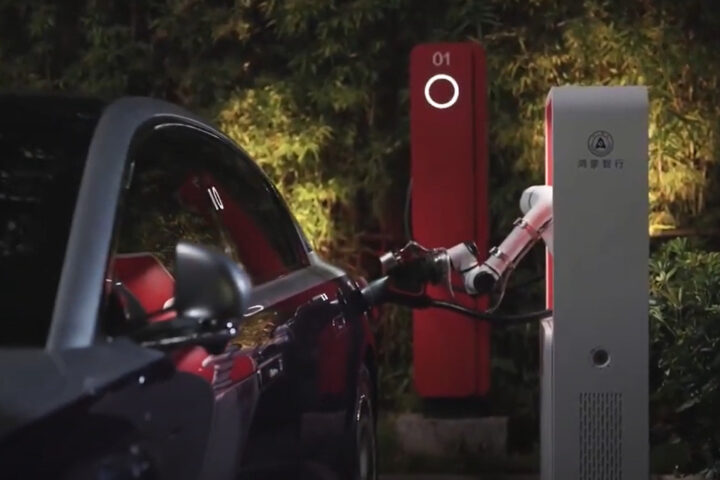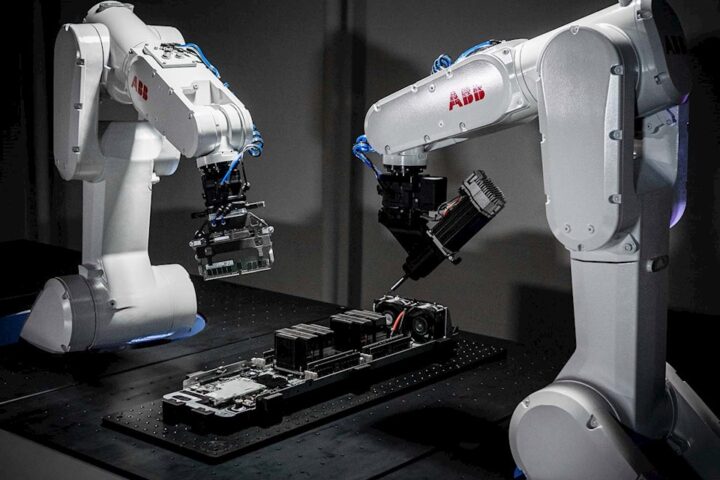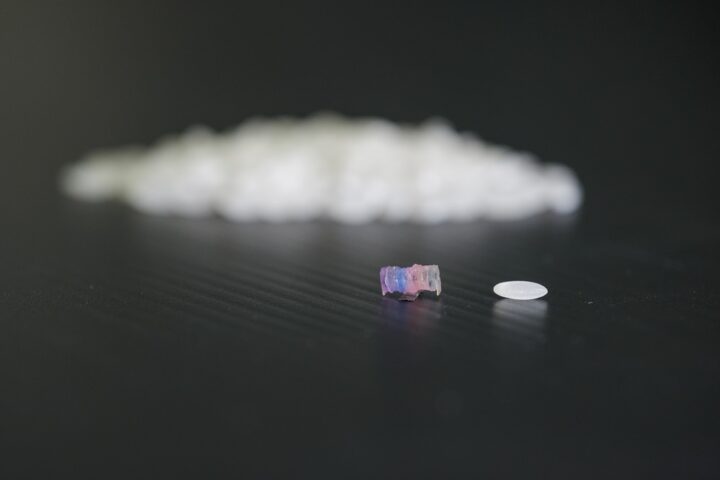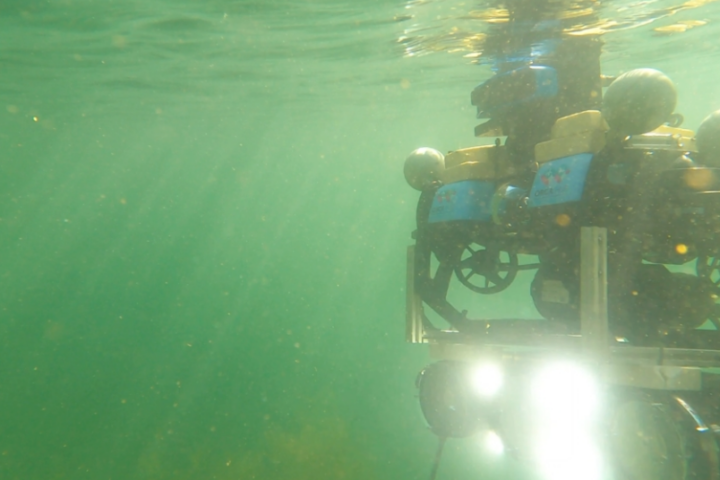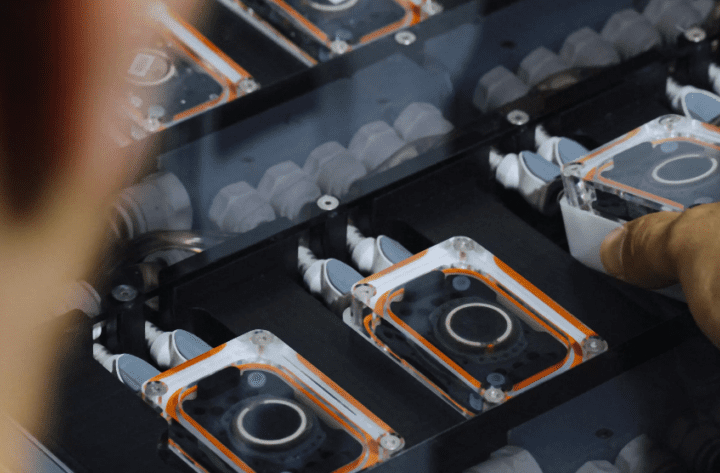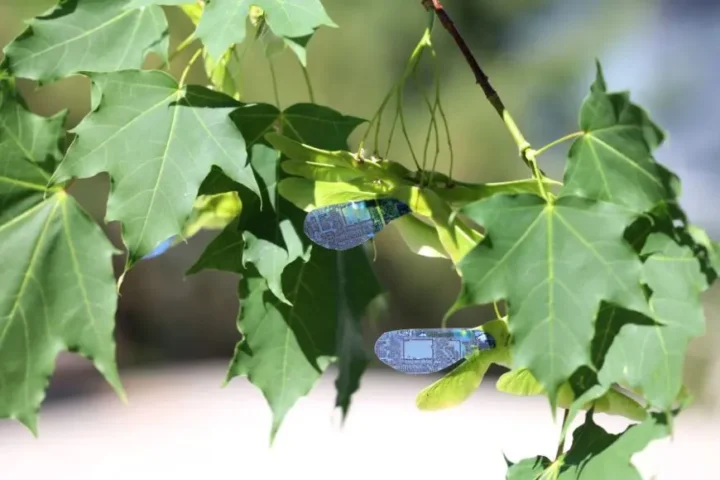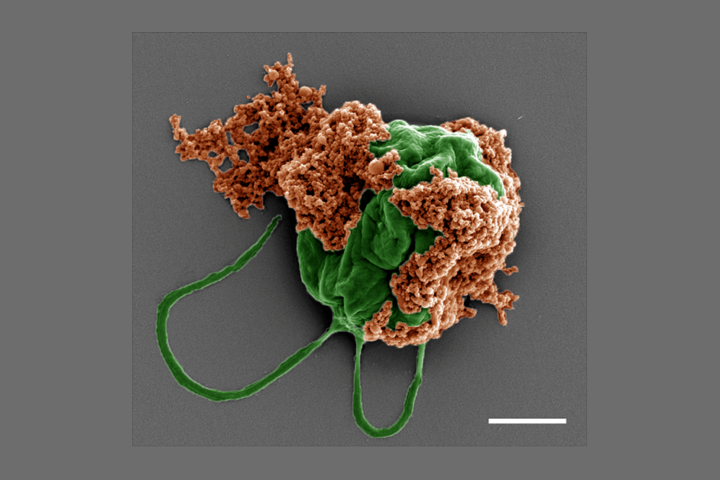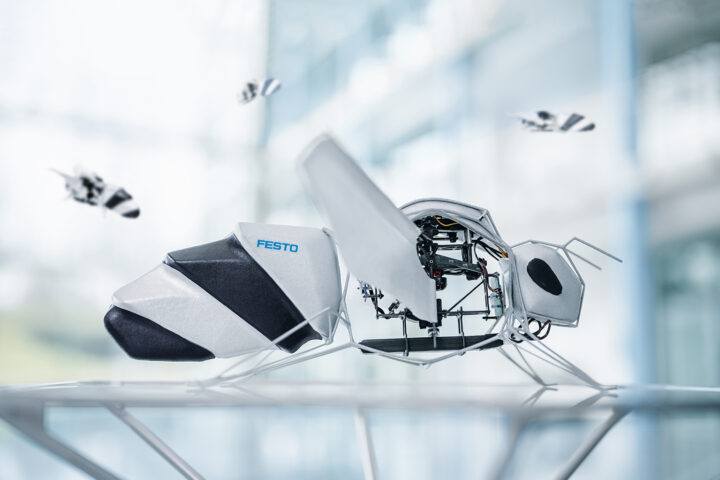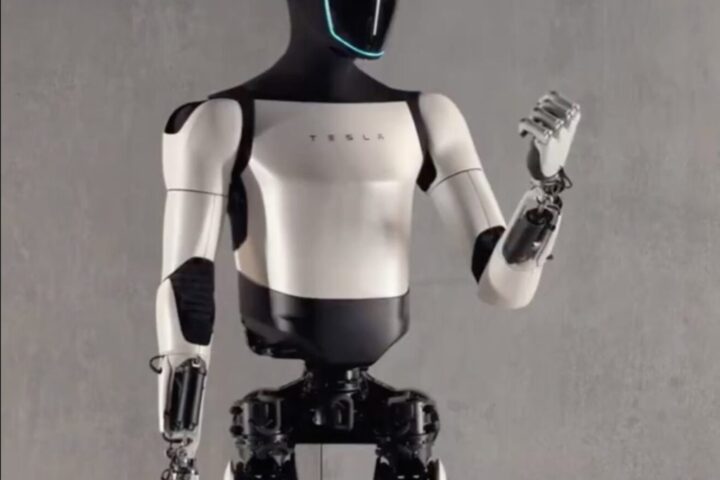GITAI USA Inc., a trailblazing entity in the realm of space robotics, has recently secured a pivotal role in the Defense Advanced Research Projects Agency’s (DARPA) LunA-10 (10-Year Lunar Architecture) capability study. This achievement underscores GITAI’s expanding influence in the advancement of lunar infrastructure and robotics.
DARPA’s LunA-10 Program and GITAI’s Role
Last month, Gitai moved its headquarters to the United States, and since then it has made some considerable progress. DARPA’s LunA-10 program is a comprehensive initiative focused on developing foundational technology concepts that facilitate the creation of shareable, scalable systems for lunar infrastructure. GITAI’s selection for this program reflects its potential to significantly contribute to commercial lunar exploration in the coming decade.
The cornerstone of GITAI’s proposal is the deployment of modular, multi-purpose Inchworm robots. These robots are designed with tool-changeable end effectors, making them versatile for various lunar surface tasks, including construction, maintenance, and adaptation. This innovative approach is in line with LunA-10’s vision for a framework that promotes efficient, scalable, and sustainable commercial lunar activities.
Sho Nakanose, founder and CEO of GITAI, expressed the company’s enthusiasm: “We’re both humbled and thrilled to be chosen for DARPA’s LunA-10 program. This mission goes well beyond robotics; it’s about forging a new era of lunar infrastructure. Our innovative approach, leveraging modular robotics, is a catalyst for reshaping how we envision the moon.”
Advancing Space Robotics and Lunar Development
GITAI is not only focused on the LunA-10 project but is also expanding its space robotics portfolio. The company is preparing to launch the ‘GITAI S2’ to the International Space Station (ISS) in early 2024. The GITAI S2, sharing technological features with the Inchworm robot, represents GITAI’s vision of robots acting as versatile nodes to enhance and streamline lunar activities.
Similar Posts
The company’s innovative Robotics-as-a-Service (RaaS) model aims to facilitate lunar ambitions for various users without requiring intricate planning or significant upfront investments. This approach aligns with GITAI’s commitment to achieving total life-cycle optimization in lunar infrastructure development, focusing on maximizing the efficiency of multi-purpose robotics for lunar tasks.
GITAI’s Position in the Space Industry
With its selection for DARPA’s LunA-10 program, GITAI has solidified its status as a driving force in the space industry. This achievement marks a significant leap towards establishing a thriving lunar economy, aligning with DARPA’s overarching goals for the LunA-10 study.
GITAI’s efforts are not limited to lunar infrastructure but encompass a broader vision of providing safe, affordable labor in space. The company aims to reduce operational costs by 100 times while developing highly capable, safe, and reliable robots. These robots are intended to play a crucial role in building and maintaining satellites, space stations, lunar bases, and eventually cities on Mars.
GITAI’s recent achievements and ongoing projects represent a substantial advancement in space robotics and lunar infrastructure development. The company’s innovative approach, strategic collaborations, and commitment to efficiency and affordability position it as a key player in shaping the future of lunar exploration and space industry activities.

